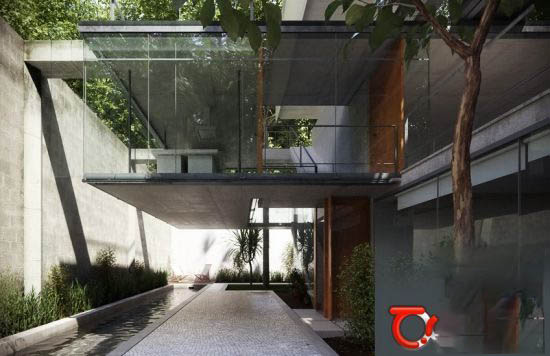
Although abundant in resources and available materials, the clever design gets you quickly up and running and has you experimenting with various textures, objects and lighting effects. To sum it up, Thea Render manages to live up to expectations and is sure to offer enthusiasts a fun, interactive and powerful playground for creating and analysis of 3D objects. The result is visually appealing, generated quickly, and you can also save an image on your computer. If you choose the Render Image (into Document) option, the rendered image will then appear in your Revit’s ‘Renderings’ folder in the Revit Project Browser. This is possible with the integrated renderer, with several algorithms available to mimic various environments. More options become available through the dedicated context menu, with editing and visualizing options at your fingertips.Īt some point during the creation process, you most likely want to view a highly detailed representation of your object or scene. Additionally, selection becomes easier thanks to the implemented object explorer.

You can create multiple layers for better management of individual objects. What's more, size and type can be adjusted by specifying values, both for the object itself, as well as texture positioning. A side panel equipped with multiple tabs like material lab, environment, biased, unbiased, interactive, animation and instancing make sure every object is thoroughly manipulated.Īn abundance of sliders and custom values can be managed in order to pick just the right material, lighting position or texture. Large variety of customization optionsĬustomization plays an important role in the application's set of features. In terms of compatibility, you can insert application specific objects, as well as OBJ, 3DS and SIA files. The application is mostly oriented towards visualization and rendering, but it also comes equipped with a large variety of objects you can insert, textures, materials and a lot more editing tools.

On the other hand, the application is carefully optimized and requirements are mostly based on the complexity of your projects. Needless to say that you might want to check system requirements before rushing to unleash the artist in you. Amongst many of its kind, Thea Render gives you the possibility to analyze, edit, or create 3D objects from scratch and render them with a powerful component. Various specialized applications are used, as well as a solid hardware configuration.
#Thea render for revit download#
Download a sample chapter and the table of content by using the link below.Computer technology makes it possible nowadays to create visual art that almost matches that of reality in terms of detail and quality. Our brand new DESIGN package has just been released! It will help you create beautiful views and renderings using Revit. Autodesk cloud rendering service is another decent option if you are time limited. Some of the other tools discussed above are great, but they require more time to properly set up the textures and camera settings.

The results of this test are quite conclusive: Enscape is the best tool to create a great rendering when time is limited.
#Thea render for revit license#
Like with Lumion, you need to spend more time to adjust the camera settings and textures to get a realistic look.Ĭost: 3040$ - perpetual license + 2 years of updates The default rendering test produce some interesting textures, but the shadows and reflections are a little lacking. Lumion might have a slight edge, but Twinmotion remains an interesting choice. They both require a similar amount of time to create a good rendering.

They both have a great library of objects, people and trees. They have a similar slick, video-game like user interface. Twinmotion is the spiritual brother to Lumion.


 0 kommentar(er)
0 kommentar(er)
